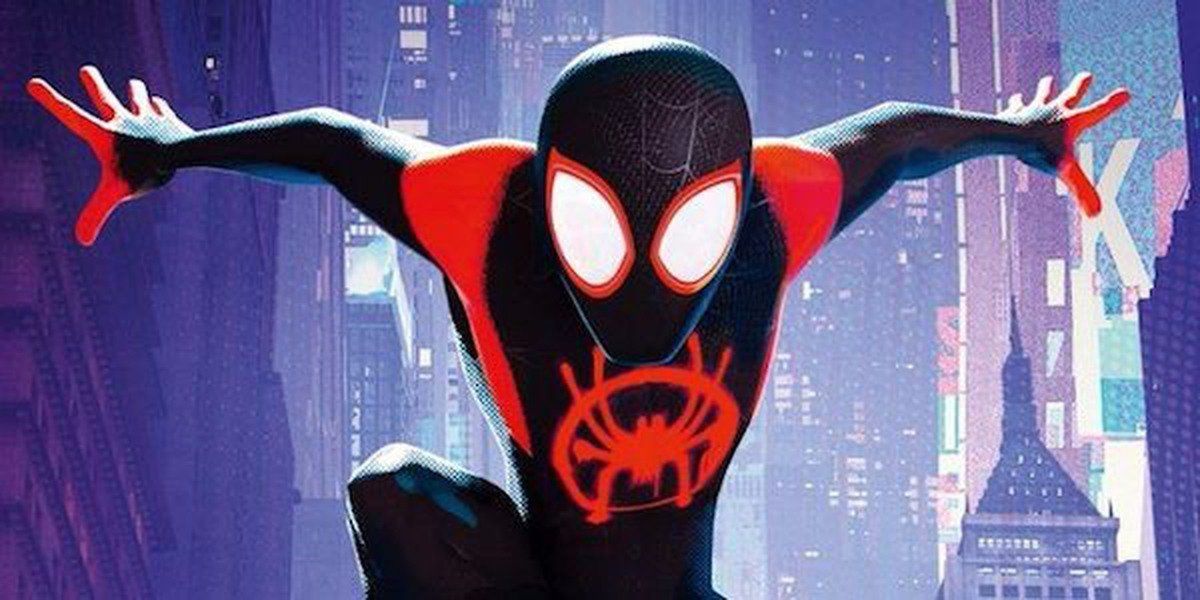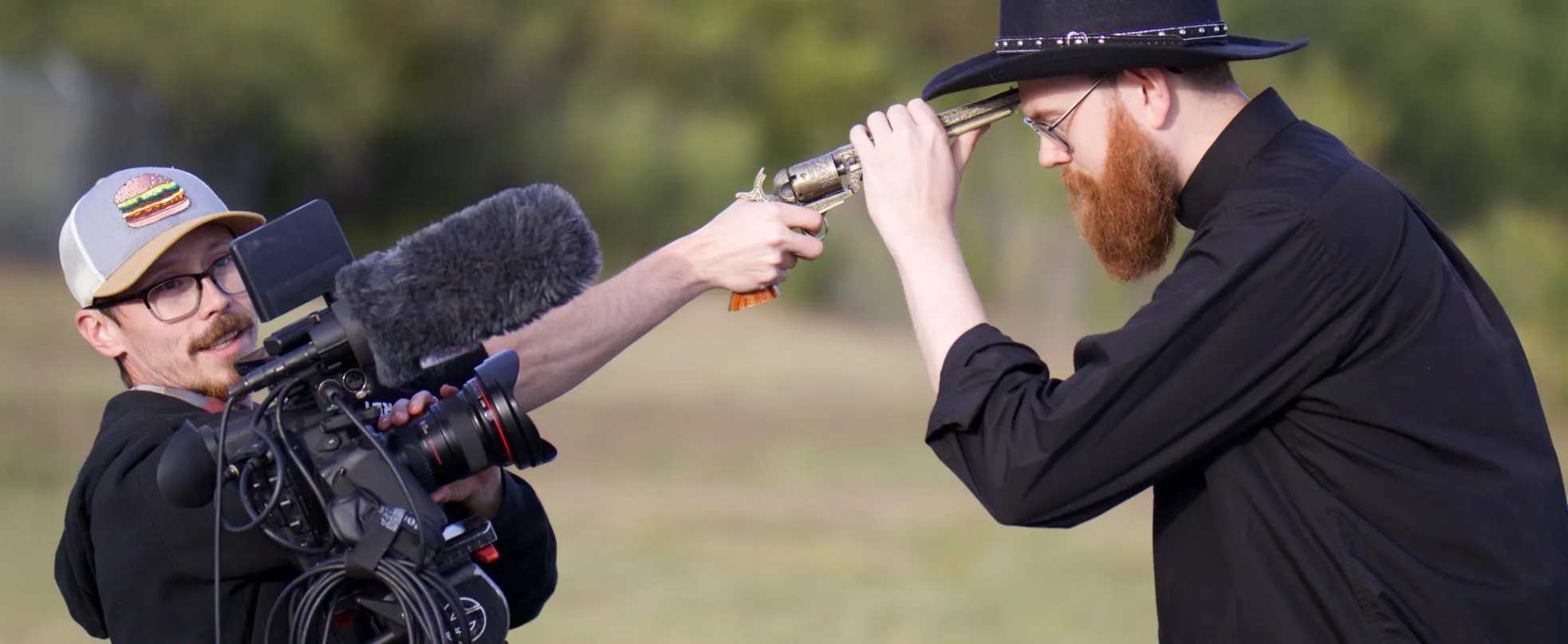A year after Deadly Blessing, Wes Craven wrote and directed a film I’m actually very excited to watch and talk about – Swamp Thing.
Based on the Vertigo/DC Comics character of the same name, it was said Wes Craven took the film as a chance to show film companies he could handle major stars, action, and stunts. The film received mixed-to-positive reviews from critics and did well on home video and cable. One notable critic commented that, while fun, it was difficult to ignore the film was, at its core, a rubber suit, monster flick. And, let me tell you, after sitting through the 100-minute slow-burn, never-ending film that was Deadly Blessing, a stupid rubber suit monster flick would really hit the spot in my book.
As prefaced, Swamp Thing is a DC film, which is an interesting feather in the cap of Wes Craven’s storied catalogue. The character was created by Len Wein and Bernie Wrightson, whereas the film comprises itself of Ray Wise, Louis Jordan, and Adrienne Barbeau. As was the case with Deadly Blessing featuring Michael Bailey Smith from The Hills Have Eyes, Nicholas Worth, the actor who played one of the murderers from The Last House on the Left appears in this film.
Early on, Swamp Thing wastes little time in highlighting its main attraction, not the Swamp Thing himself, but the swamp itself. Murky water about halfway to the knees and a ton of trees, the aesthetic is both visually appealing and a horror director’s odorful and green wet dream. What could pop out at any moment? Will it be the creature or the red herring of an alligator?
A scientist arrives in the swamps shortly before its research is about to come an end. As a female scientist, before the fifteen mark, a male scientist has already begun creepily flirting with her – a fact that bodes ill for any woman in a Wes Craven film, it’d seem.
That in mind, the dialogue itself is brisk and mostly playful. Barbeau plays an intelligent, capable woman who can hold her own with the best of them and seems to have something to prove about being a woman in a field that was, at the time, and maybe now, I don’t know, largely occupied by men. Meanwhile, our male scientist played by Ray Wise is an eccentric scientist who aspires to create the very first ever plant-life with the characteristics of a mammal.
The characters are portrayed well by both, although there are some instances where it feels like they’re a little too much, like when the male scientist comes off sleazier than charming in his advances, a common occurrence in a lot of 70s and 80s cinema that hasn’t aged well or when the woman scientist feels like she has to have the snarky final word all the time, a choice I think was made to make her seem witty and add a little brevity.
Their relationship, although, largely short-lived, reminds me a little of 1986’s The Fly, both scenarios involve a romantic entanglement that happens very fast, a scientist whose own experiment goes awry, and, of course, a monster. The film devolves into mindless mayhem shortly after the half-hour mark, which was honestly to be expected. An evil organization wants their hands on the doctor’s research, which is soon left in the woman’s possession, and now, they’re in pursuit of her, while a monster chases after them.
Say what you will about modern cinema and old cinema, and practical effects and CGI-effects, etcetera. Personally, I’m of the belief the best result comes from a perfect marriage between the two of them. There’s good practical effects and bad effects, and the same can be said about CGI as well.
On the subject of Swamp Thing, in theory, I think practical effects are a match made in heaven. Some of the best special effects, again, I’ll mention Cronenberg’s The Fly, they’re able to capture texture and minute details. Everything in a Cronenberg film, generally speaking, just looks wet, and I think that’s what you want for Swamp Thing. In this film, it doesn’t look so bad.
The sentiment that it is a man in a rubber suit feels readily apparent, but I like the look of the creature from a distance and, all except his face, I believe it’s a good presence overall. Even by the 1980s, it was dated, and I feel like the film’s sequel The Return of Swamp Thing actually looks better on the basis of how it does better to cover-up some of its shortcomings, but I don’t hate it.
I will admit though, that comes with an asterisk. I am always of the belief that, if you’re wanting to create a film and do it well, then you need to ask yourself a couple of questions about your own intent. Are you intending to make a horror film that will be taken seriously or are you making a film that is meant to be taken as campy and fun? If you’re trying to make a horror film that will be taken seriously than the Swamp Things’ suit is an uphill battle to fight on. It isn’t a death sentence though, but means you have to be smart about you shoot him. For instance, an age-old trick in horror is what you don’t see and disguising budgetary constraints by atmosphere, which, in turn, will also create a sense of allure and mystery to the creature. This film has clearly checked a box in the campy and fun category, and thus, it makes no attempt to hide any shortcomings it may have – showing our monster in broad daylight.
For the film, any element of actual restraint is thrown out the window by the end. Once others start messing with the scientist’s formula and start transforming themselves, the foundation falls from beneath the film’s feet and it becomes a real fever dream. It feels classical, which in itself, may be synonymous with simply calling the film dated, like a 1930s or 40s monster movie that isn’t trying to scare you but entertain you.
There is something to be said about it and sometimes, I believe it succeeds, but only sometimes. Although they weren’t the best characterizations, I was at least interested in our lead actor and actress’ dynamic, and I would’ve been happy with a monster film about her trying to rescue him, cure him, or survive him. Unfortunately, as they introduced the supervillain and all that shenanigans, I think the film devolved into such a madness that it started to swallow its own tail. The cornball comic book characters and their campy approach, the supervillain, and the convoluted way everything comes together, I can’t conceal my disappointment.
For the most part, I accept campy humor. I’ve seen every Elm Street more than I can count, every Child’s Play, and I love a lot of them. I’m not uninitiated or close-minded, but I feel like the argument of campiness being used as a defense mechanism against critique is a little like the “so bad, it’s good” argument, a cop-out excuse.
Swamp Thing starts off well, but as it leans more into the campier elements, it loses the littler, more vital aspects of coherent storytelling and execution.






GIPHY App Key not set. Please check settings